Google IO 2018: all of the highlights and news from the keynote
The best Google IO announcements ranked and explained
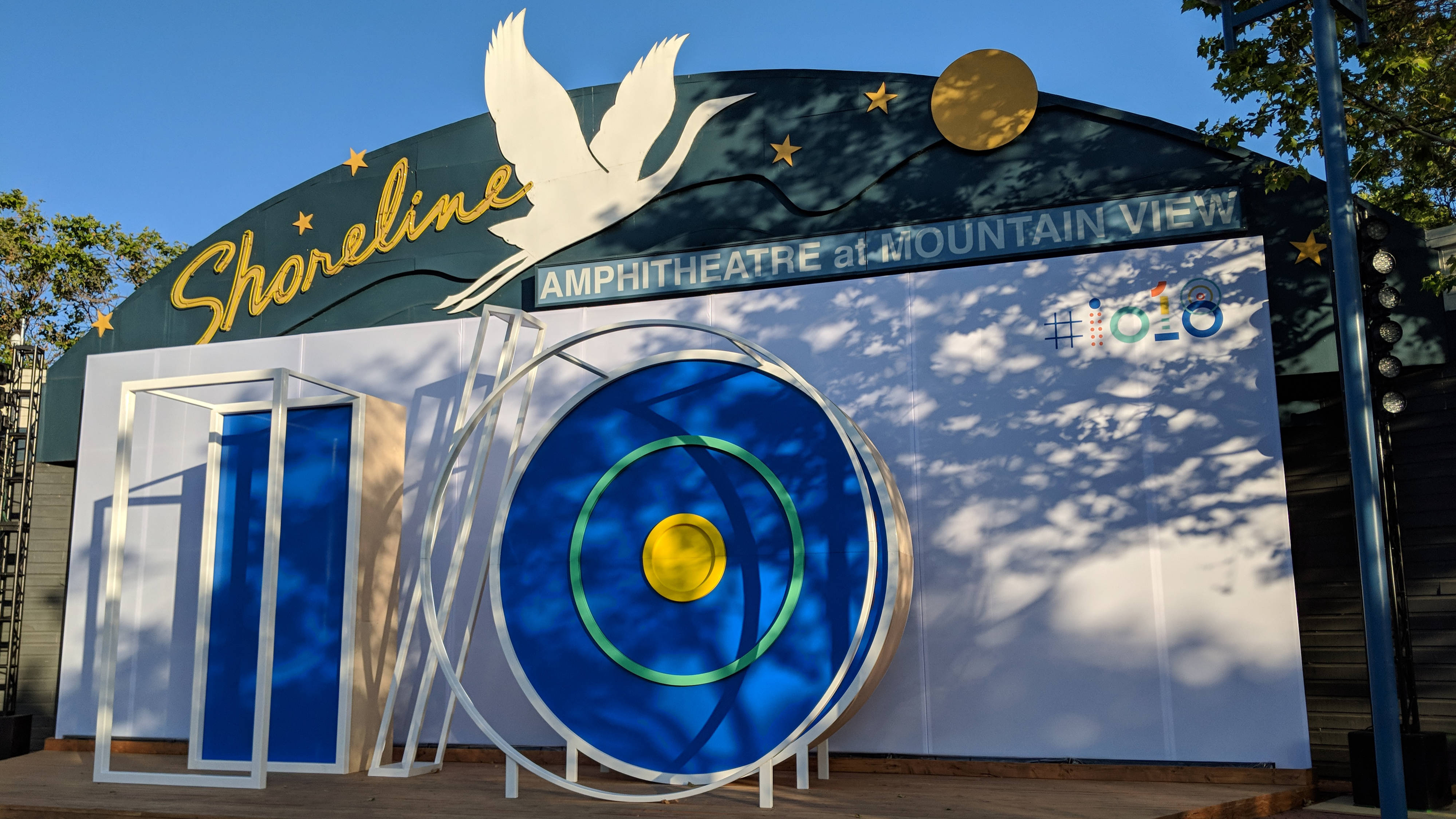
Google IO 2018 highlights are below, as we wrap-up Day 2 and the breaking news portion of the developer conference. The big product announcements are over.
You'll find all of the exciting new advancements from Tuesday's opening keynote and Day 2, as well as impressions from our time testing things out on Google campus.
Without a doubt, a key Google IO highlight has been the Android P update. You can download the Android P beta – and it's a lot more handsets than just Pixel phones. The Essential Phone, Nokia 7 Plus and even the forthcoming OnePlus 6 have access.
But this week's Google IO event has had so many more announcements. It's not just about Android this time around. Google Maps, Google Assistant and Gmail have new features you'll want to know about.
Here's all of the big Google IO news ranked and explained.
1. Google Duplex has Assistant handle your calls
Google Assistant is becoming smarter – and creepier – with a natural-sounding voice that can make phone call appointments and reservations for you. It's gotten to the point that it can handle a back-and-forth Q&A when it calls a business. You know, the phone calls you hate making when online reservations aren't possible.
It's called Google Duplex, and the company demonstrated this with two recordings of phone calls at Google IO, which it said were real calls to businesses. It was difficult to tell, though – both the Assistant (the caller) and the business employee (a human) sounded real. Only one was a real person, much to the shock of the audience.
Get daily insight, inspiration and deals in your inbox
Sign up for breaking news, reviews, opinion, top tech deals, and more.
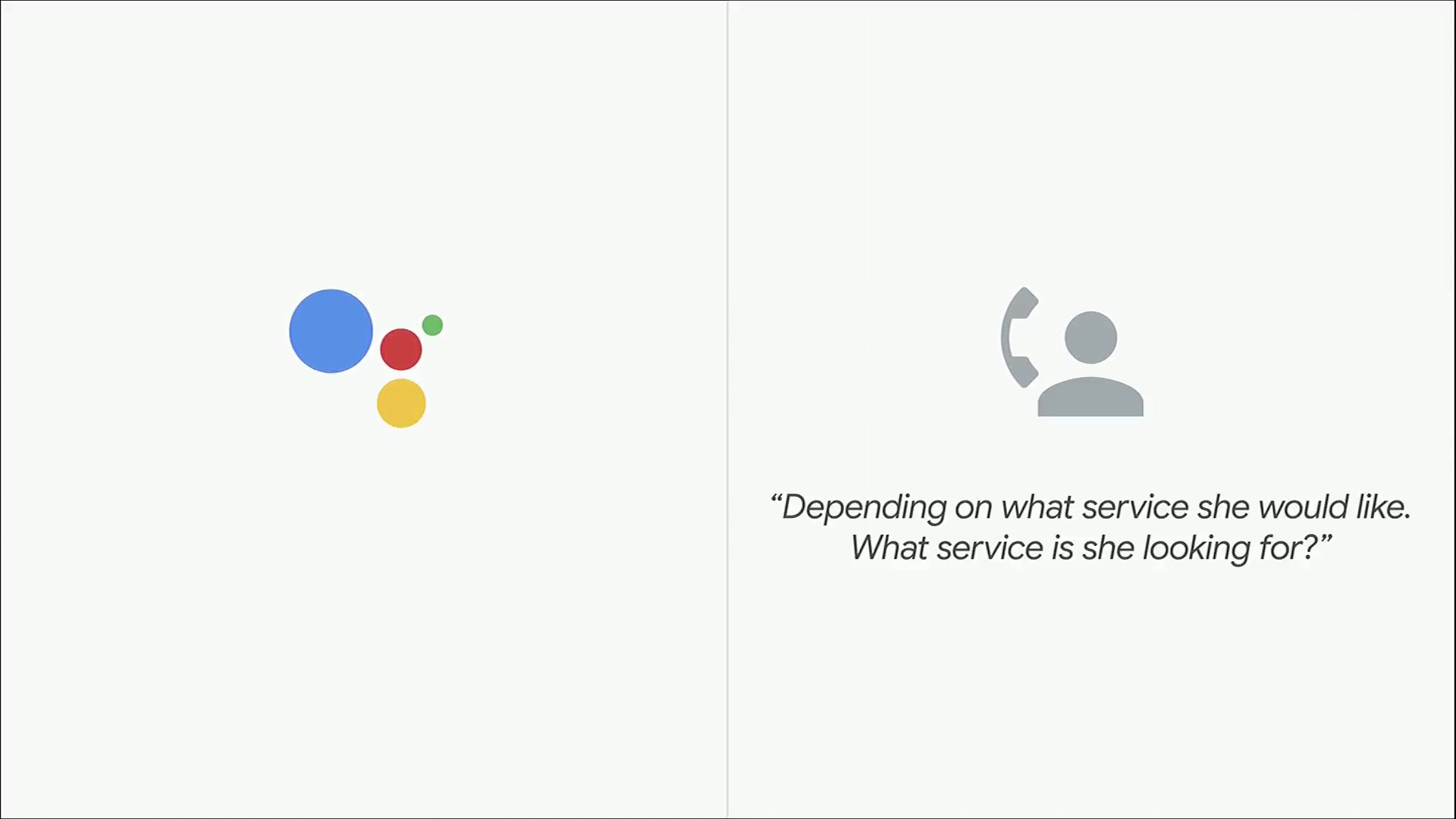
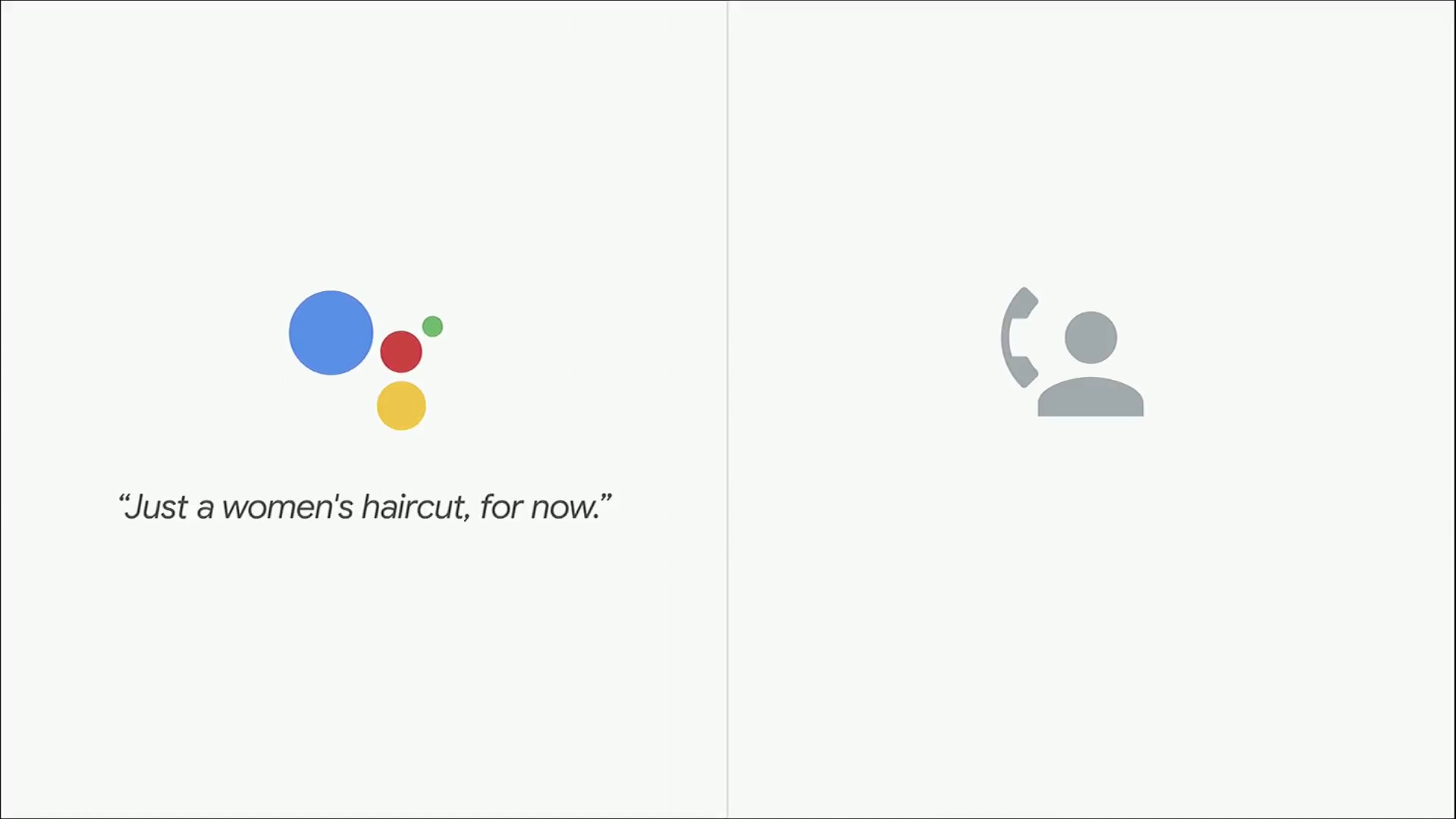
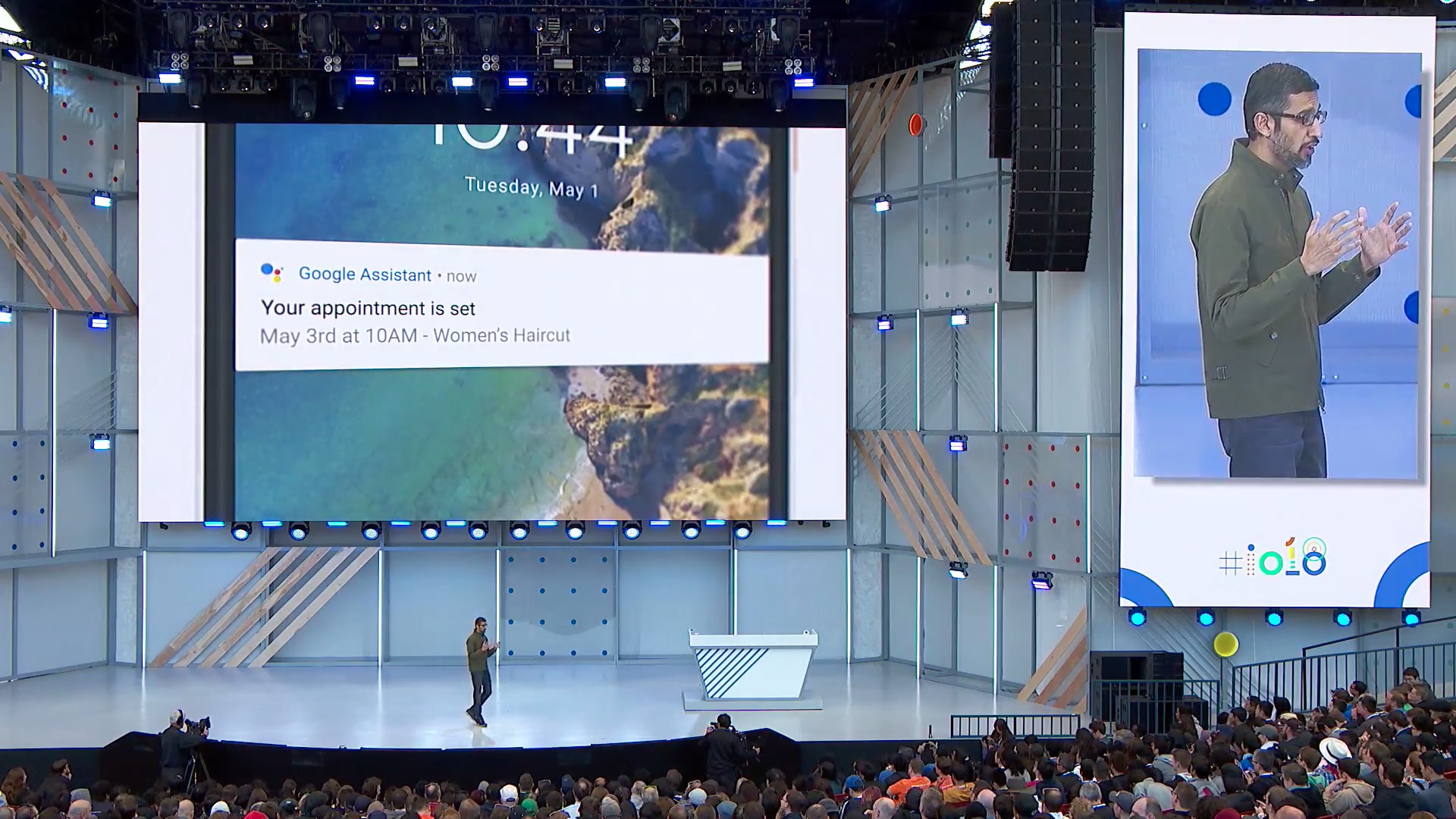

The first call was to book a haircut. Assistant was tasked with making an appointment for a haircut within a two-hour window on a specific date. When the business asked about what type of haircut service was needed before times could be given, the Assistant responded, "a woman's haircut". Right on point. When presented with an alternate time, it was able to confirm the appointment.
What was most convincing about this was Google Assistant added a "Mm-hmmm" when the business employee said, "Okay. Give me one second." And the tone of voice was shockingly real, with true-to-life expression. There was also a brief "uhhh" when the Assistant simulated thinking about an answer in the second call.
Google's the second recorded call starring Assistant and a human was for a dinner reservation. The restaurant employee had a thick accent and a lot of random follow-up questions. Google Assistant was able to navigate the Q&A twists and turns and respond naturally. The human messed up more than Assistant did.
2. Waymo's self-driving Jaguar I-Pace looks like a real car
Alphabet's Waymo self-driving Jaguar I-Pace car doesn't look like other autonomous cars, and that's really important for the future of driverless cars. This is the type of car the mass market will want to buy.
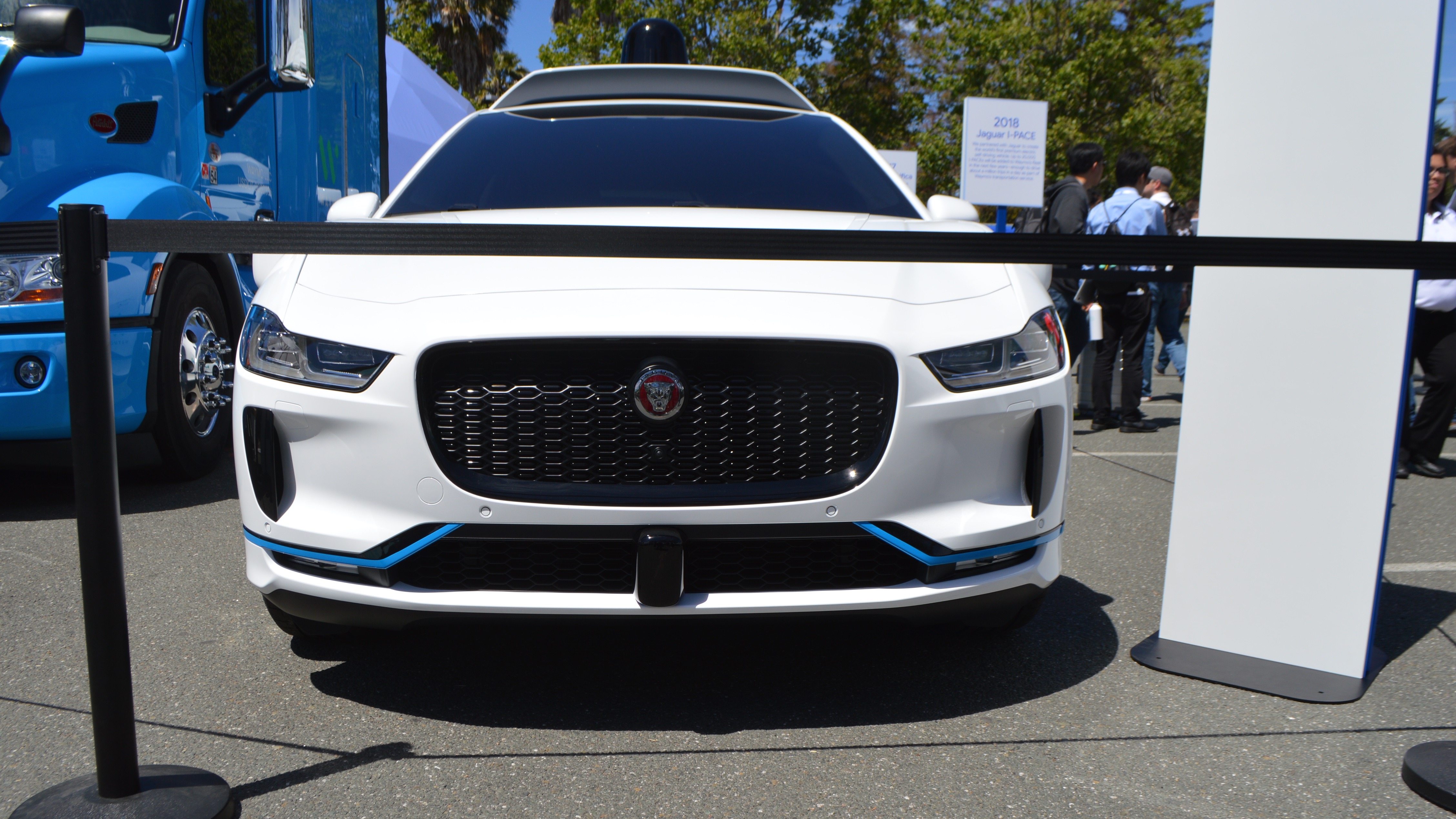
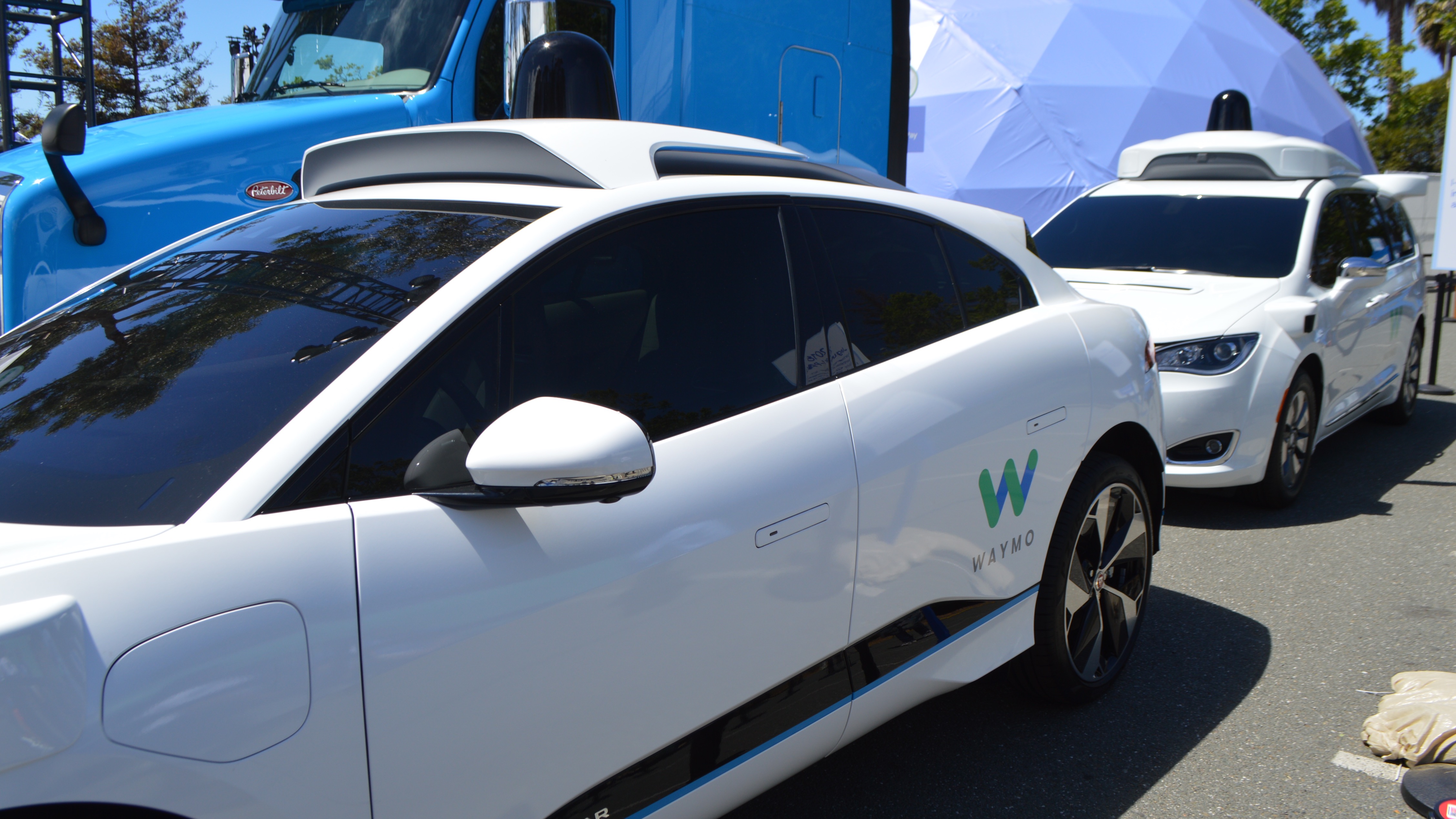
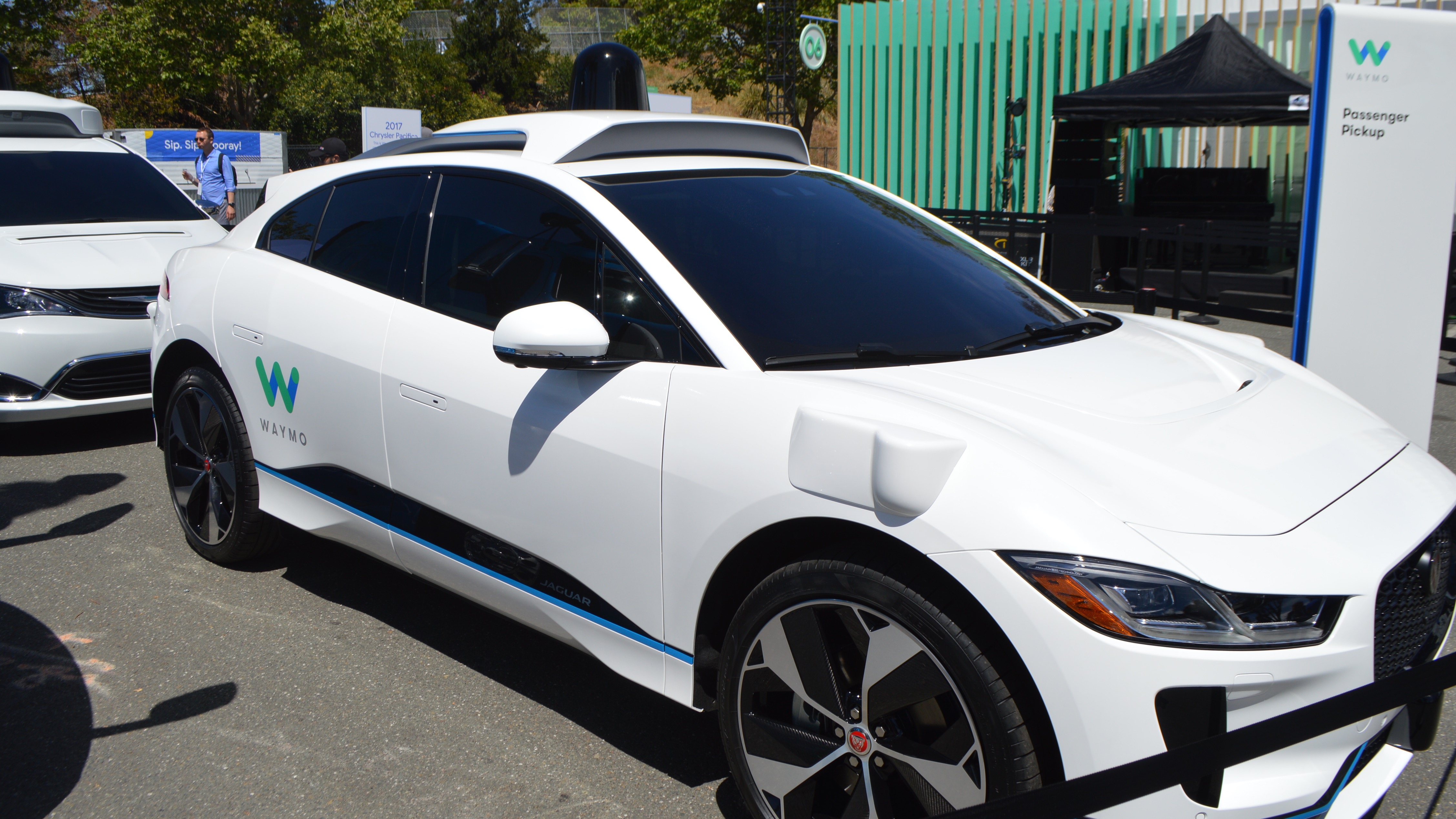
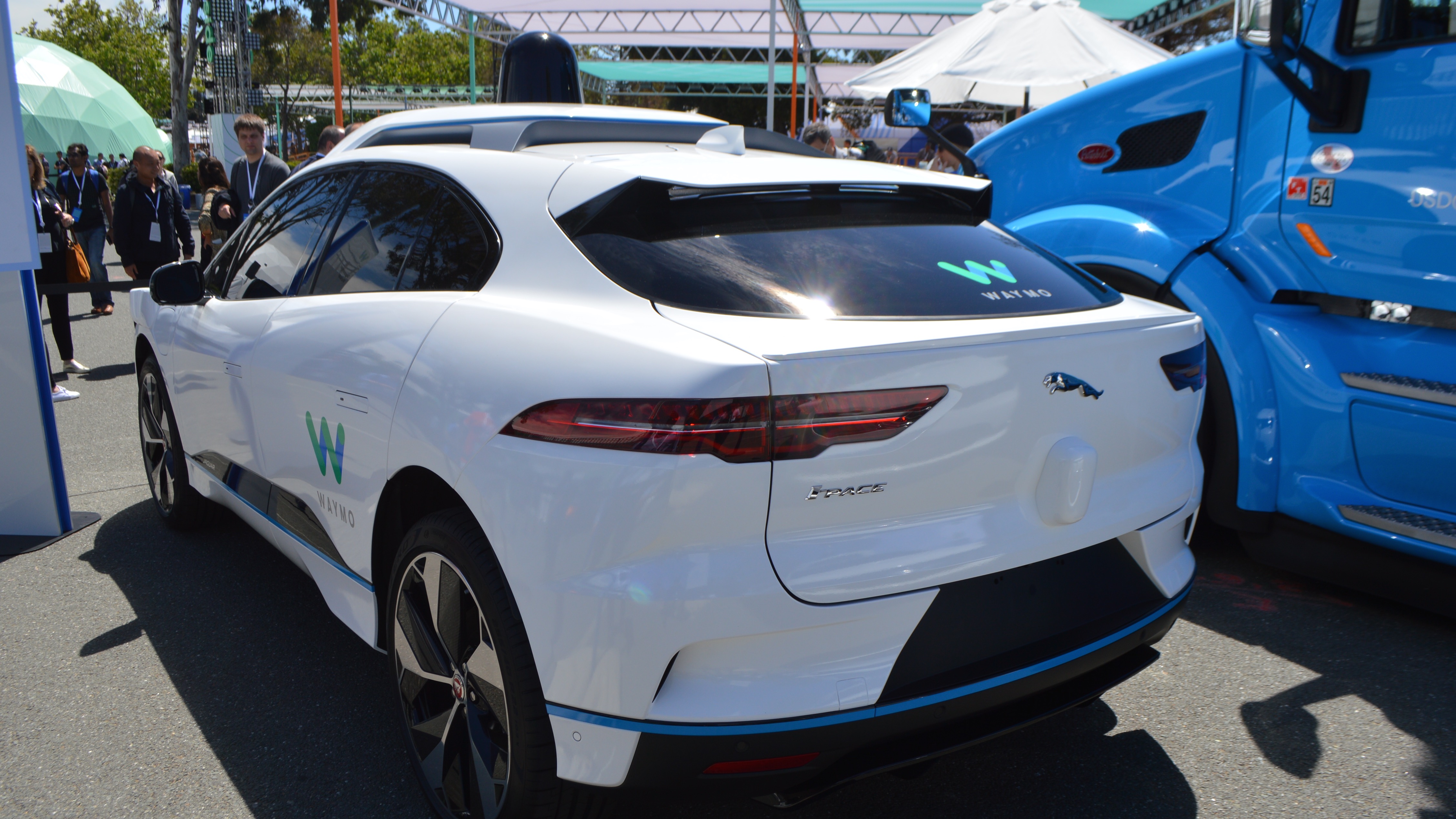
We got to see it in person after the Google IO keynote. It's one of more than 20,000 self-driving Jaguar that Waymo plans to put on roads over the next few years. Okay, it wasn't powered on and we couldn't even open the doors, but we did get to peer inside of this $69,500 / £63,495 luxury compact SUV. It's striking and a top Google IO highlight for us.
3. Gmail gets better with Smart Compose
Gmail has undergone more change in 2018 than it has in its 14 years of existence, and it's about to become even better with a new AI feature.

Smart Compose is going to help you create and finish sentences in emails thanks to machine learning. It reminds us of predictive word suggesting when typing on a phone, but for whole chunks of sentences. And because Google has so much of your data, it's bound to be a lot smarter than autocorrect.
4. Google Maps just solved your biggest problem
Google Maps is the best app ever created, hands-down. It plots our fastest route to work when we're leaving home in the morning, and it helps us navigate previously unknown places when we're visiting a foreign country or taking an unknown road. It's pretty amazing when you think about how well it works. But it's not infallible.


That's why Google is out to solve the biggest Google Maps annoyance – not knowing where that darn blue dot is headed. The compass only does so much (and it's often off by a bit). The company's fix? Integrating Google Lens into Google Maps.
Simply point your phone at the street and a StreetView AR overlay will pop up, pointing you in the right direction while also keeping the Google Maps layout at the bottom of the screen. This seems like a well-design fixed for Google Maps.
Here's the bad news: Google didn't say when this feature will come to Google Maps, even though it looked near-complete in the Google IO demo. There was no release date attached to this promising technology.
5. Android P public beta is rolling out now
Can you believe we're up to the No. 5 Google IO highlight and we haven't even talked about Android P yet? That's because Maps, Assistant and Gmail were legit exciting.
Google is making the Android P beta more accessible, launching its public beta for Google Pixel phones as well as phones from seven other manufacturers, including OnePlus and Nokia. The new beta is available now on the following handsets:
If you have a Google device, it'll need to be the Google Pixel, Google Pixel XL, Google Pixel 2 or Google Pixel 2 XL. It seems the company has dropped the Nexus 5X, Nexus 6P for this release.
Other devices from third-party manufacturers that will be ready for the update are the Essential Phone, Nokia 7 Plus, Sony Xperia XZ2, Xiaomi Mi Mix 2S, Vivo X21 and the Oppo R15 Pro. The OnePlus 6 will also be able to run the beta when it's released.
- Google Pixel
- Google Pixel XL
- Google Pixel 2
- Google Pixel 2 XL
- Essential Phone
- Nokia 7 Plus
- Xperia XZ2
- Xiaomi Mi Mix 2S
- Vivo X21
- Oppo R15 Pro
- OnePlus 6 (when it launches)
This is quite a switch, as past Android betas, especially this early, have routinely been limited to Google-branded phones. This should make testing and seeding the final version of Android P even better. That's expected to happen in August. Sadly, Google has officially phased out Nexus phones, at least from the Android P beta.
6. Android P's smart intelligence features
Android P is going to be smarter than Android Oreo in four ways. First, it's becoming better at conserving battery life through what Google calls adaptive battery. This is going help you see a 30% reduction in CPU app wake-ups for apps that the operating system predicts you won't actually use for the rest of the day.
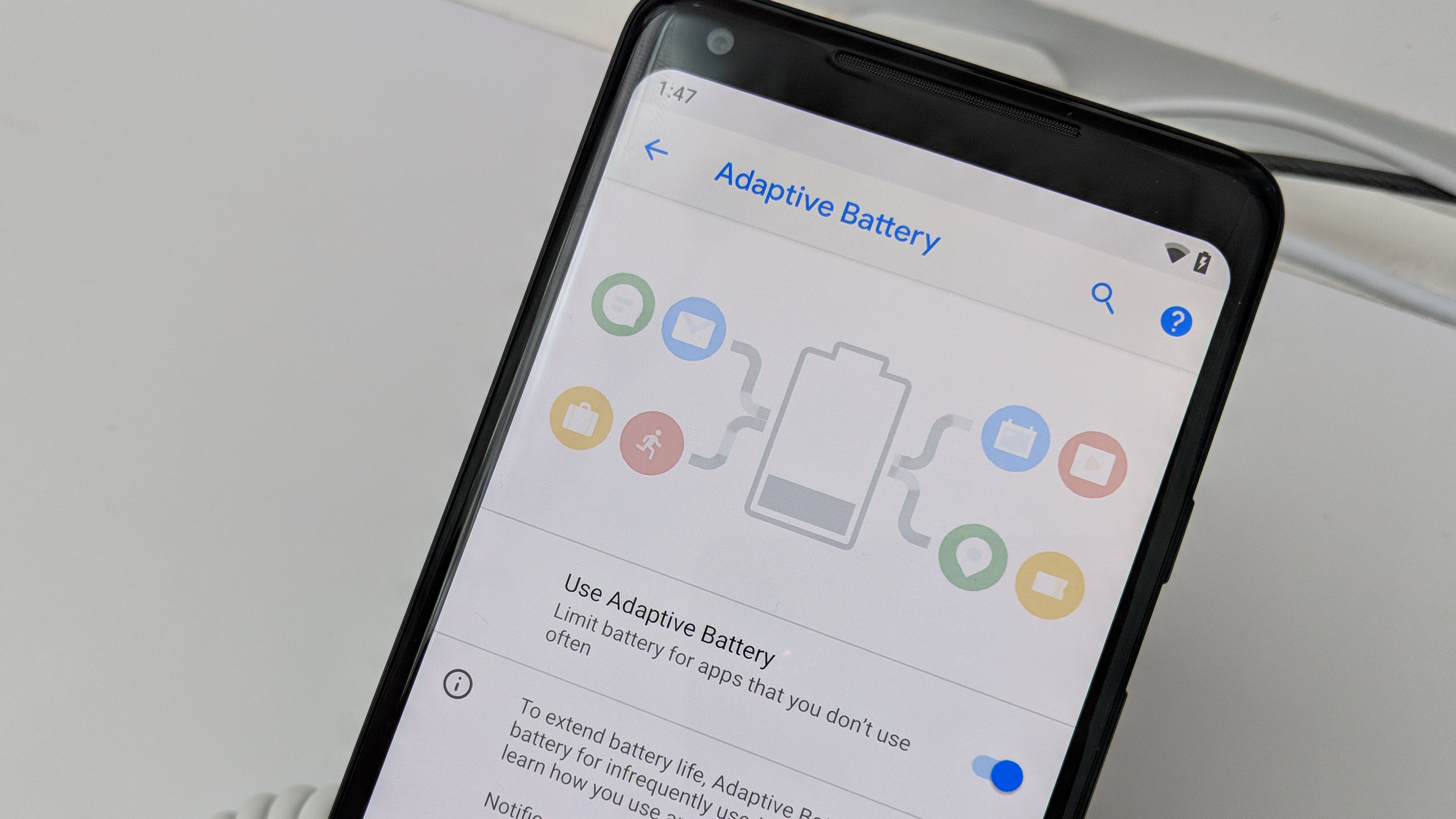
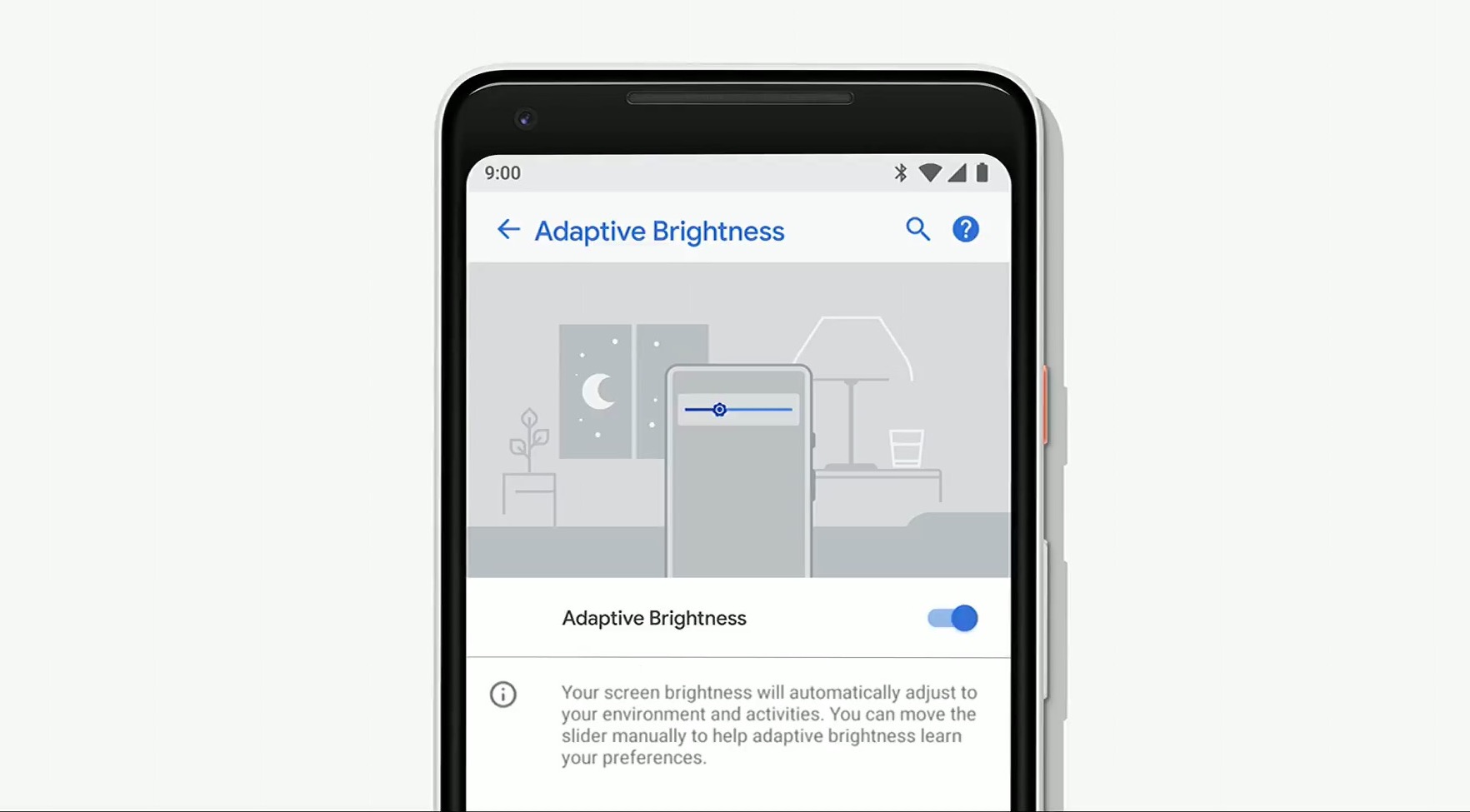

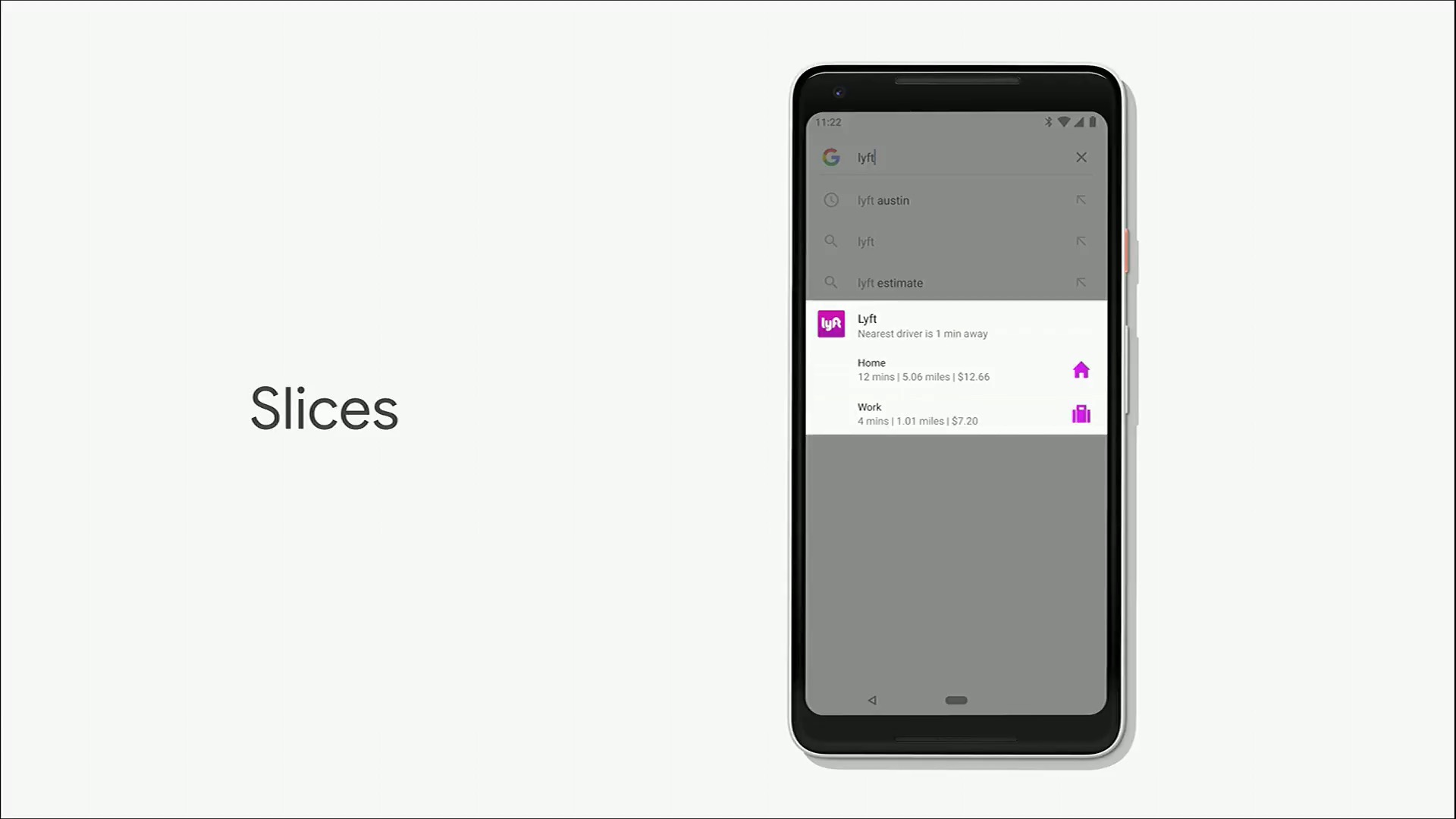
Google is also getting smarter when it lights up the screen. In addition to taking into account your environment, adaptive brightness is learning your own personal preferences. Google says that half of all Android users are manually adjusting brightness thanks to the machine learning brightness tool.
App actions are ready to predict which app tasks you want to tackle, based on time and circumstance, down to you plugging in your headphones. Searching for the new Avengers movie might suggest the Fandango app to buy movie tickets to this film. In the evening, Google might be ready for your evening run with a Strava workout suggestion.
App slices is an API that's going to allow developers put parts of their app into various portions of the operating system, starting with search. If you search Lyft, for example, the search dropdown will not only suggest the Lyft app, but also feed you options like Home and Work, along with the price each will cost. You can select the destination right from the search menu. Searching 'Hawaii' may present a slice from Google Photos of a recent vacation gallery. Google says it'll expand this for actions such as playing a video and checking into a hotel.
7. Android P navigation design changes
Android P will have a new system navigation interface in order to make multi-tasking easier to understand, with a single, clean-looking home button. It's very using an iPhone X-like horizontal bar to replace the typical home and recent buttons.
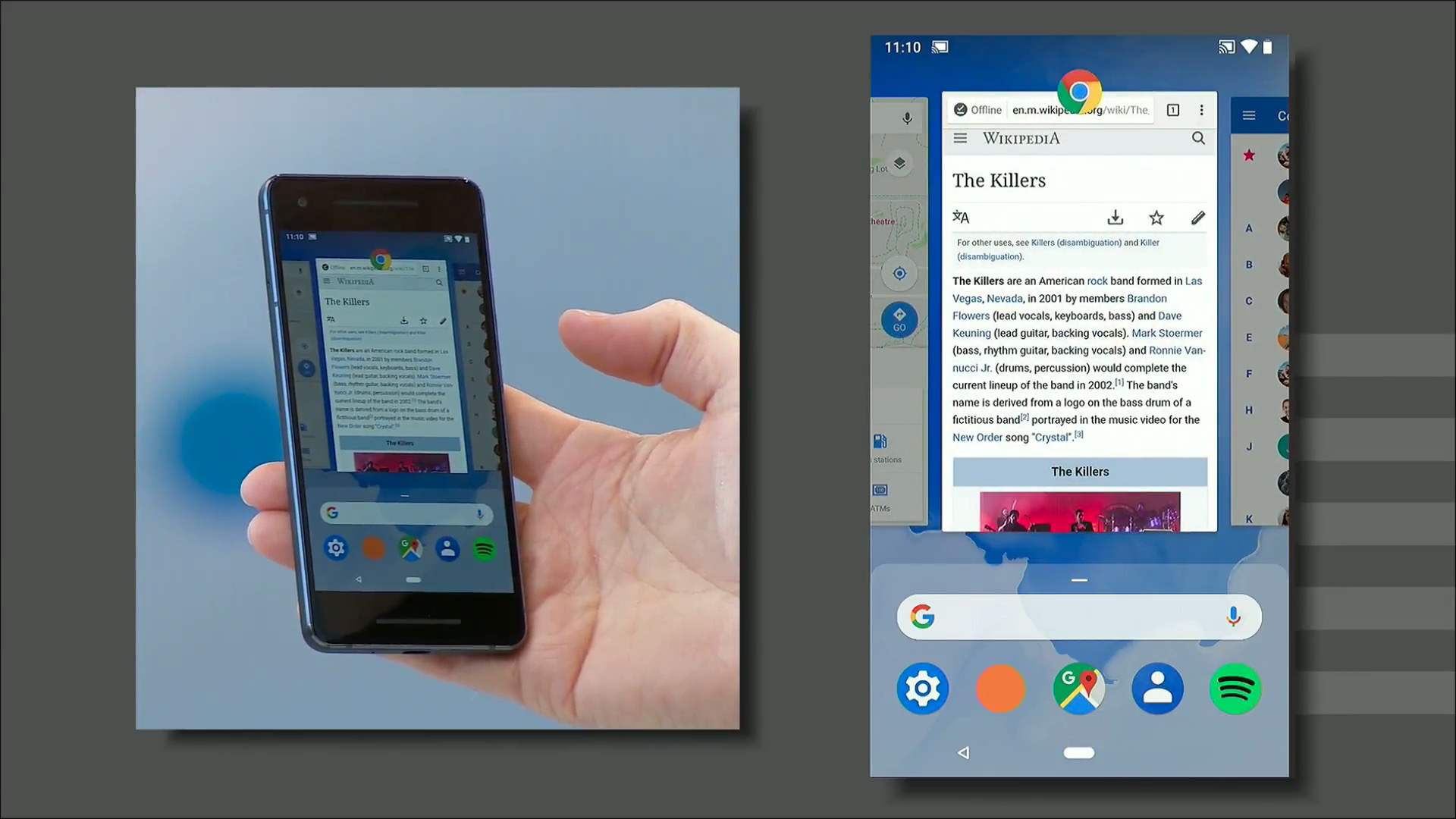
This is part of Google's plan to make the UI simpler and adapt to the all-screen phone designs out there. It does seem fast and intuitive to control.
You'll be able to swipe up from the bottom anywhere in the operating system to see recently opened apps, as well as five predicted apps at the bottom of the screen, to save you time. Swipe up a second time (or do one long swipe up) and you'll see your full app drawer. With this one-two swipe gesture, Google has essentially combined the all-apps and overview spaces gesture into one.
8. Fixed: volume slider and screen rotation
Google IO marked a big change for how we adjust the volume on our smartphone, with the hardware buttons changing up the media volume from the outset. This is for everyone who hates thinking they turned down the volume, only to play a loud video and realize they only turned down the ringer.

Google's simplified media volume slider will appear on the right side of the screen, where volume buttons are located (makes sense), along with a bell icon to turn the ringer on and off (because you likely only care about it's on/off state, according to Google).
A small, but exciting change is the fact that you'll be able to manually control screen orientation thanks to a small pop-up icon that enables you to rotate the screen on your own.
9. Android P will help use Android P less
Google is creating a dashboard in Android P to tell you how you're spending time in apps. YouTube will have total watch time in mobile and desktop to help you understand how and when you spend too much time on your phone.
It'll even go as far as setting an app timer, letting you know when you get close to and reach a self-imposed limit. These simple nudges may go a long way to helping people put down their phones.
Shush is a new Do Not Disturb mode. Turn your phone on its screen face and you'll be able to silence your phone, except for emergency calls from starred contacts.
10. Google Smart Displays launch in July
We got to go hands-on with the Google Assistant-powered Smart Displays, like the Lenovo Smart Display at CES 2018. Now we're going to see them go on sale.
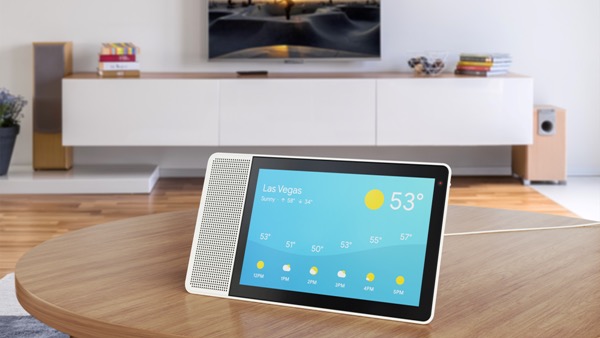
July is when you should look out for the first Google Smart Displays, according to the Google IO announcement. LG, Sony and JBL have smart displays in the works, too.
These screen-touting smart speakers are Google's answer to the Amazon Echo Show, and they play YouTube videos – something Amazon's Alexa-powered display can't do.
11. JBL Link Bar soundbar hands-on
It's too early for a full JBL Link Bar review, but we did go hands-on with the brand new Google Assistant-infused soundbar, and so far it works as expected.
It has both Assistant and Android TV built-in that encourage remote-free use, sports a slim profile and allows for a four-way HDMI 4K passthrough that few soundbars have right now. Is it a good buy? That's going to come down to final sound quality tests and pricing.
12. Assistant is a very Google Now-like interface
The death of the Google Now launcher appears to have been short-lived. We're about to see Google Assistant take on a new visual experience when you swipe up on the main Assistant menu.
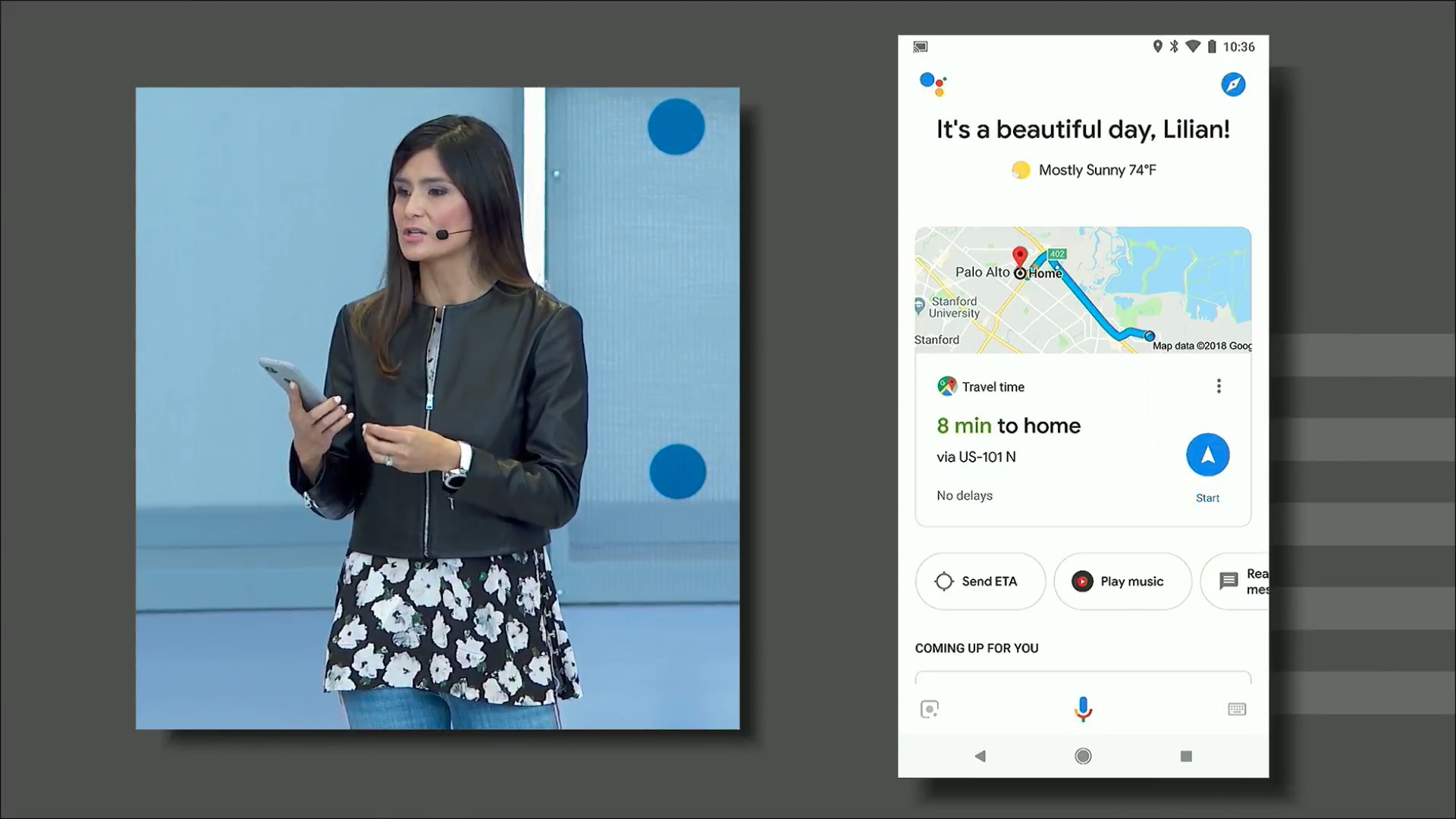
It reminds us a lot of Google Now, with reminders, notes, and directions based on your day and recent interactions with Google Assistant. It's like Google Now reborn, and it'll come to Android around July or August, and iOS later this year.
13. Assistant in Wear OS
We tested Google Assistant on Wear OS watches at Google IO and we experienced a helpful virtual assistant that provide information relevant information on-wrist.
Our favorite perk has been asking for the next train time, getting an answer, and also times thereafter via a full schedule. It's the kind of predictive knowledge Google had spotlighted for search several years ago at Google IO. We also got to start a robotic LG vacuum with the smartwatch via Google Assistant.
14. Google News gets a big revamp
Google News made news (very meta) at the Google IO 2018 keynote. It's getting a Flipboard or Apple News-like design and new features that make it easier to access information, broken down into what Google calls briefings and newscasts. It's also adding subscriptions to news sources you like.
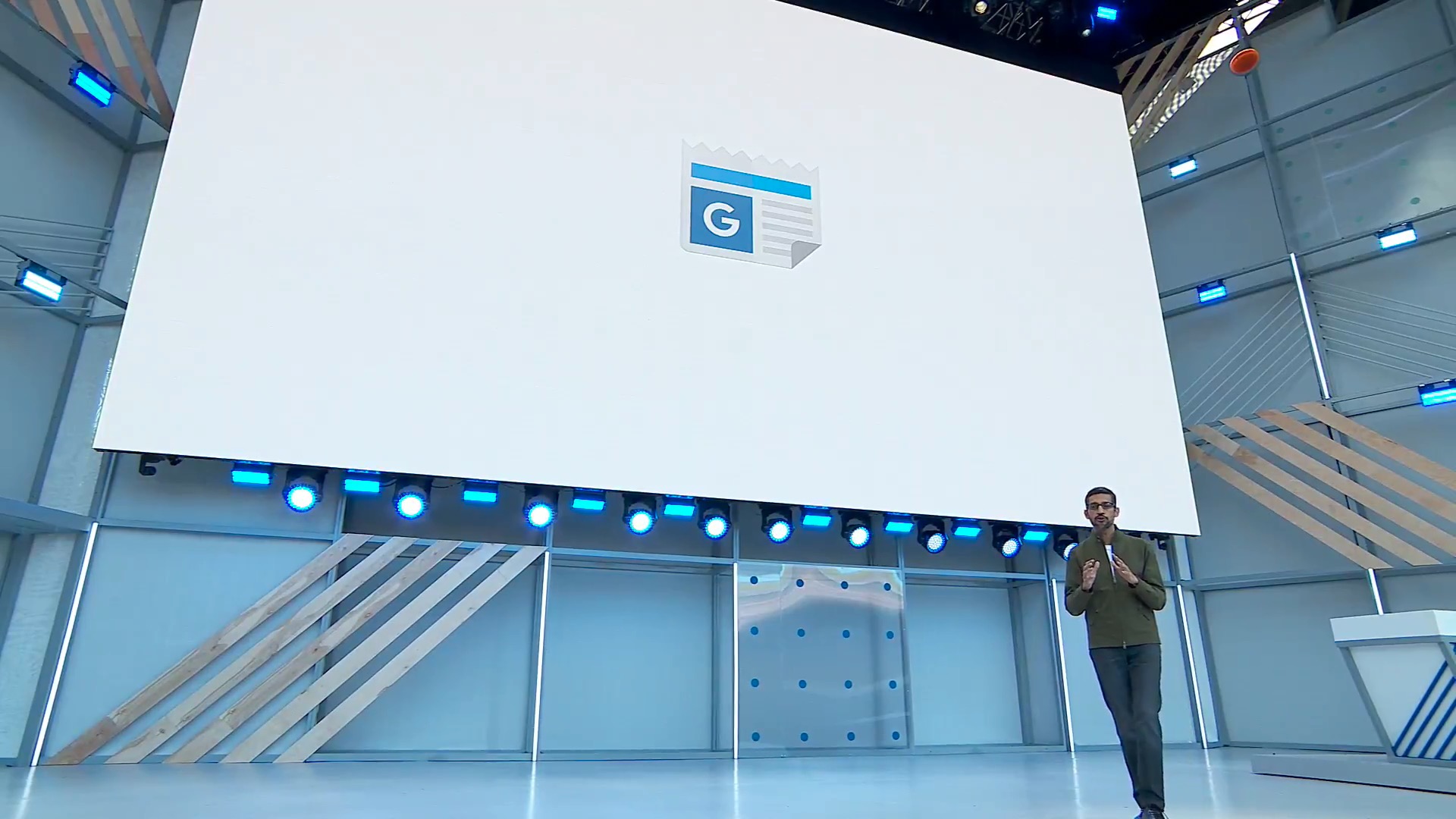
Google says it'll use machine learning to surface credible publications, and this is all in an effort to present you with more high-quality, reliable information. This smarter version of Google News is rolling out now on Android, iOS and the web, with everyone getting the update within the next week.
15. New voices for Assistant – including celebs
Six new voices are coming to Google Assistant to nail the global appeal of the virtual assistant, complete with accents and, yes, even celebrities.
Musician John Legend is lending his voice to Google Assistant, so you'll hear him through phones, speakers, and all Google Assistant-voiced products soon. Google says Legend and the five other new voices will be coming later this year.
16. Google to help those with disabilities
Google is also using machine learning to better display closed captioning for shows in which two people talk over each other. It's a mess for human transcribers and the hearing-impaired, but machine learning will be able to pick up individual voices, as demonstrated by Google's promising demo.
Further talking up its responsibility to people with disabilities, Google is now making its Gboard keyboard compatible with Morse code.
17. Google Lens on more phones
Google Lens will come to an Android phone near you very soon via its default camera app, so not just a Google-branded Pixel 2 and Pixel 2 XL smartphone.
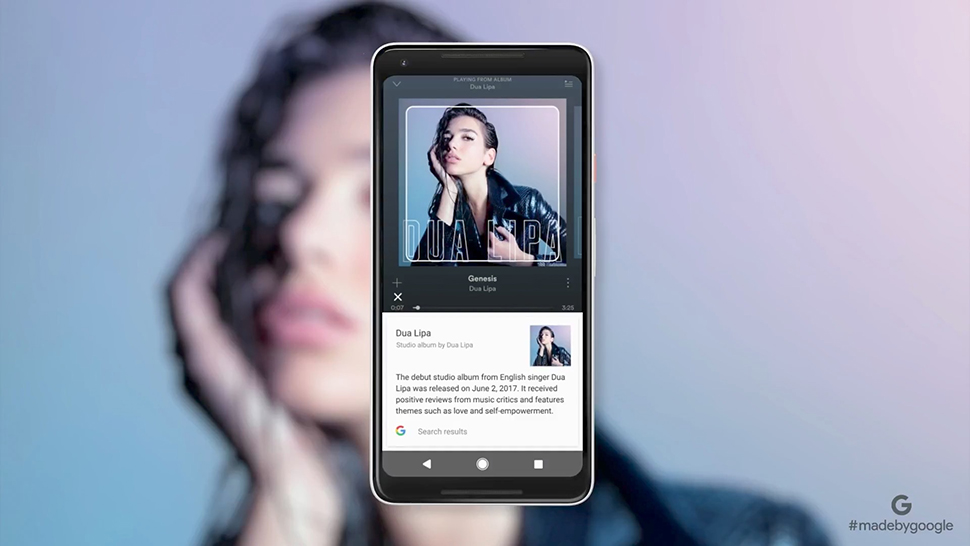
Google's object recognition software using the camera lens is said to be rolling out to more smartphones. The LG G7 ThinQ, for example, contains an AI button shortcut that leads to Google Assistant with one press and Google Lens with two presses.
Right now, Google Lens works on other Android phones through the Google Photos app, but the company is expected to bring its smart software to the forefront at IO.

What we didn't see at Google IO 2018
We didn't get everything we wanted at this year's Google IO keynote. There are more days to this conference, but we suspect Google is saving the following news for another time.
LG Timepiece and Wear OS update
Google recently rebranded Android Wear to Wear OS, but we were hoping for a much bigger unveiling at IO 2018 – more than the name change reminder at least.
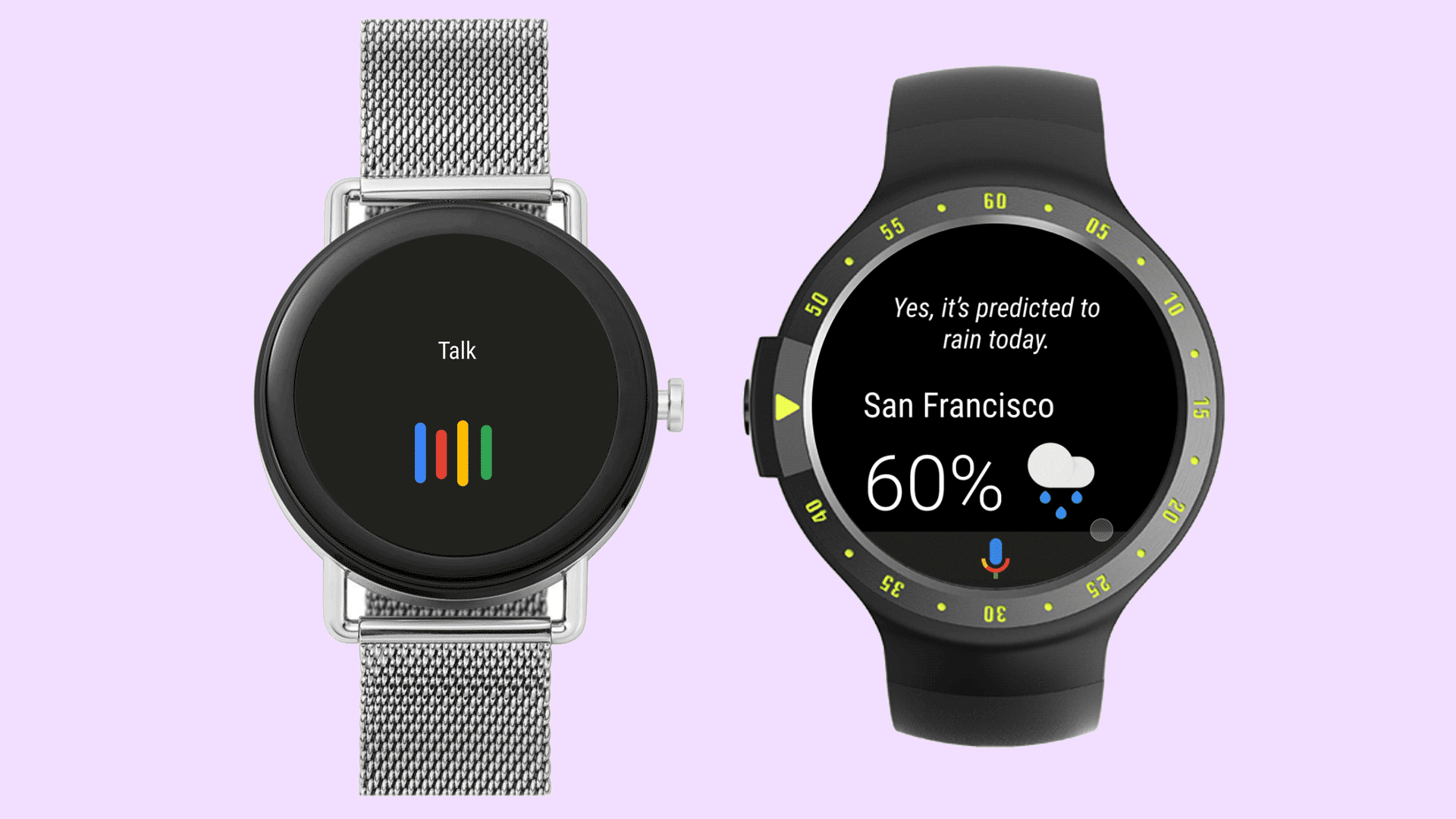
More apps, improved efficiency and better iOS support would have been a good start. Not this time. We were also in the mood to see some new wearables along with a significant software update, namely hoping to see the rumored LG Watch Timepiece. We're due to see it eventually, at least.
Google's gaming ambitions
Google could go big with gaming in 2018. Hints of its ambitions came to light back in February, with reports of a streaming and possible console project codenamed Yeti.
We didn't see this unfold at Google IO, though we're still hearing the company is working on its own 'Made by Google' console and streaming service run by veteran ex-PlayStation and Xbox exec Phil Harrison. He's been with Google since the beginning of 2018, so if not at IO, then he should unveil something soon.
On top of this, the company is said to be building its own social gaming startup called Arcade, according to Bloomberg, directly within the confines of Google. 2018 could be the year Google gets gaming right. But it'll all be post-Google IO 2018.
Chromecast 3 with Bluetooth support
Chromecast 2nd Gen and Chromecast Ultra are among Google's most successful hardware products, and Google is likely preparing for a sequel in 2018.
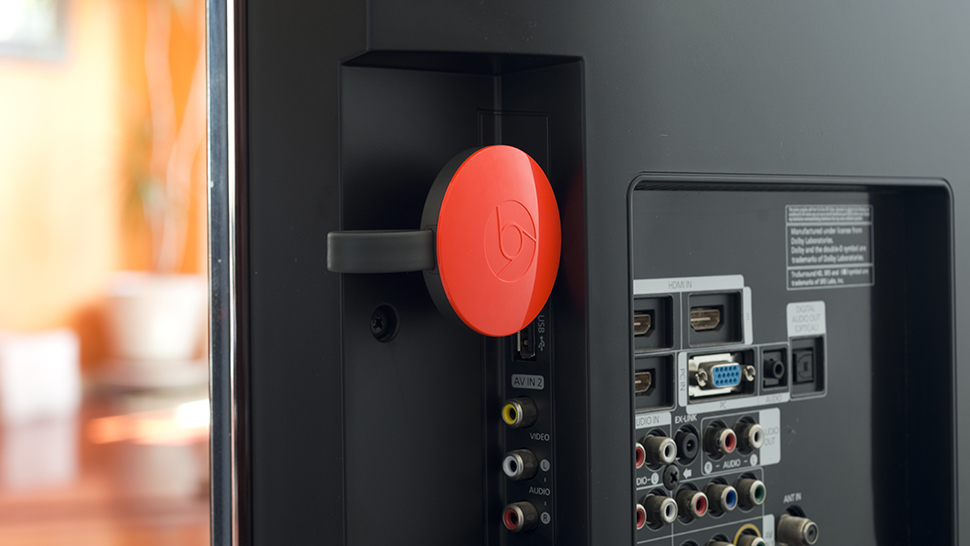
Chromecast 3 (what we'll call it for now) is said to be coming with Bluetooth support, according to one recent rumor, while an FCC leak points to an entirely new 4K Android TV dongle.
We did see this in the form of a developer-focused Android TV dongle, but nothing more for consumers and the name Chromecast was noticeably absent. Google did take time to spotlight its JBL Link Bar, which brings Google Assistant and Android TV together in a soundbar.
A bigger VR push
Google got more heavily into VR with Daydream, announced back at IO 2016, and we'd like to see another big VR push at this year's event.

We didn't see a slew of new VR games and experiences, and no new VR hardware. It's to be expected. A a new version of the Google Daydream View landed in late 2017 and the Lenovo Mirage Solo just hit shelves alongside the VR180-capturing Lenovo Mirage Camera. But we were hoping more manufacturers would into the standalone VR scene at Google IO.
